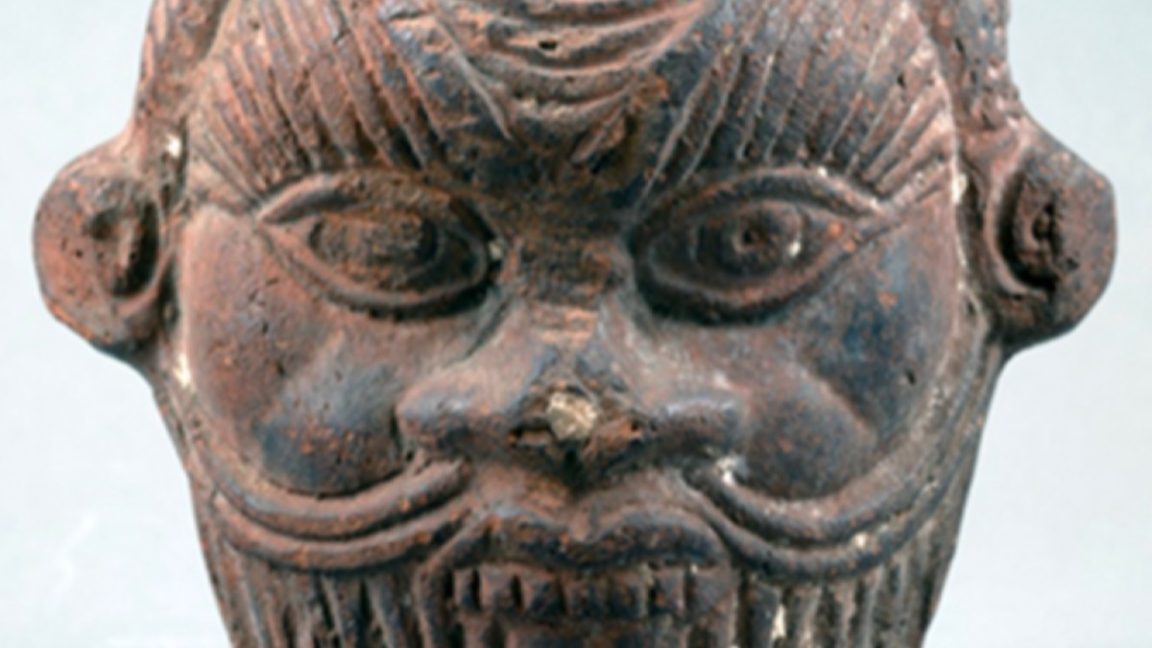Last year we reported on preliminary research suggesting that ancient Egyptians may have used hallucinogens in their religious rituals, based on the presence of a few key chemical signatures taken from a ceremonial mug. Now those researchers have extended their analysis and fully identified the chemical components of those samples, confirming those preliminary findings, according to a new paper published in the journal Scientific Reports.
There is ample evidence that humans in many cultures throughout history used various hallucinogenic substances in religious ceremonies or shamanic rituals. That includes not just ancient Egypt but also ancient Greek, Vedic, Maya, Inca, and Aztec cultures. The Urarina people who live in the Peruvian Amazon Basin still use a psychoactive brew called ayahuasca in their rituals, and Westerners seeking their own brand of enlightenment have also been known to participate.
Last year, David Tanasi, of the University of South Florida, posted a preprint on his preliminary analysis of a ceremonial mug decorated with the head of Bes, a popular deity believed to confer protection on households, especially mothers and children. So unlike most other Egyptian deities, images of Bes were quite common in Egyptian homes. There were even special chambers built to honor Bes and his wife, Beset, at the Saqqara site near Cairo, which Egyptologists think could have been used for fertility or healing rituals, although their exact purpose is not certain (Bes was an ancient Egyptian deity of protection, fertility, healing, and purification). The mug is part of the collection of the Tampa Museum of Art.
Archaeologists have long speculated about the purpose of such mugs and what kinds of substances they once held. Scholars have suggested they held sacred water, milk, wine, beer, kohl, perfume, or medicinal potions, but few have been tested for traces of organic compounds. One 2004 study looked for residues of animal proteins in 23 Bes vases, but the DNA analysis turned up just four positive results due to protein degradation and other challenges.
After collecting sample residues from the vessel, Tanasi applied various techniques—including proteomic and genetic analyses and synchrotron radiation-based Fourier-transform infrared microspectroscopy—to characterize the residues. Among the more intriguing results of Tanasi's 2023 analysis was the presence of Syrian rue (Peganum harmala), whose seeds are known to have hallucinogenic properties that can induce dream-like visions, per the authors, thanks to its production of the alkaloids harmine and harmaline.
There were also traces of blue water lily (Nymphaea cerulea), which contains a psychoactive alkaloid that acts as a sedative; it's one of several candidate plants that scholars believe might be the fruit of the lotus tree described in Homer's Odyssey. Both were known to the Egyptians. In addition, he identified traces of a fermented alcoholic concoction containing yeasts, wheat, sesame seeds, fruit (possibly grapes), honey, and, um, "human fluids": possibly breast milk, oral or vaginal mucus, and blood. (The traces of human skin were dismissed as likely contamination.)


